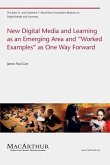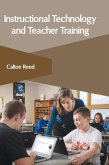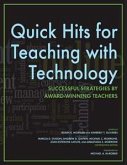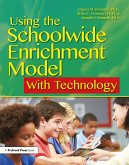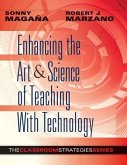The papers in this collection were commissioned by the Board on Testing and Assessment (BOTA) of the National Research Council (NRC) for a workshop held on November 14, 2001, with support from the William and Flora Hewlett Foundation. Goals for the workshop were twofold. One was to share the major messages of the recently released NRC committee report, Knowing What Students Know: The Science and Design of Educational Assessment (2001), which synthesizes advances in the cognitive sciences and methods of measurement, and considers their implications for improving educational assessment. The second goal was to delve more deeply into one of the major themes of that report-the role that technology could play in bringing those advances together, which is the focus of these papers. For the workshop, selected researchers working in the intersection of technology and assessment were asked to write about some of the challenges and opportunities for more fully capitalizing on the power of information technologies to improve assessment, to illustrate those issues with examples from their own research, and to identify priorities for research and development in this area.
Hinweis: Dieser Artikel kann nur an eine deutsche Lieferadresse ausgeliefert werden.
Hinweis: Dieser Artikel kann nur an eine deutsche Lieferadresse ausgeliefert werden.


